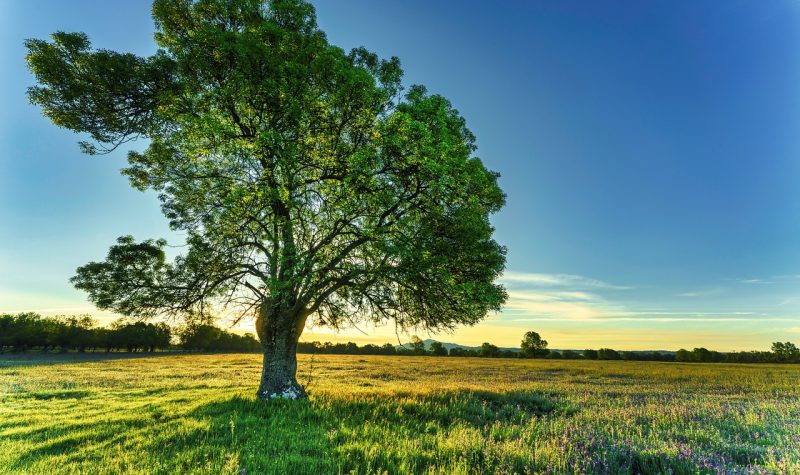Ash trees might not be the first thing that comes to mind when you think about climate change. But since the arrival of an invasive beetle, untold environmental and economic damage has led to the species to the edge of extinction.
In less than 15 years, the invasive emerald ash borer has destroyed the ash trees in Kitchener, Waterloo Region, and in much of Ontario, including as far north as Sudbury. It has also affected trees in 36 US states.
This tiny beetle has become a major environmental and economic problem. In a bid to control and starve out the emerald ash borer, the city of Kitchener has removed more than 5,000 trees from city streets and parks. There are about 600 ash trees remaining, some of which are alive, but all will be removed within the next few years. The Grand River Conservation Authority’s website reports that they have removed over 16,000 ash trees at the cost of three million dollars.
Economic estimates keep growing as the beetle and the trouble it presents become clearer. In 2014, the city of Kitchener estimated dealing with the damage and making the city borer-free would cost $11 million. In July 2019, the Invasive Species Centre found that, on average, Ontario municipalities spend over $22 million each year combating the emerald ash borer alone.
CKMS News talked to Josh Shea, the manager of Forestry and Natural Area Management at the city of Kitchener to find out what is happening to the ash tree generally and the city of Kitchener’s approach to the infestation.
The conversation touches on the use and role of pesticides, the role of winter and the impact of milder less severe winters in the life cycle of the emerald ash borer. While municipalities fight this small beetle, the province under Doug Ford’s government has done little to combat this invasive species, putting our forests, economic health, and our municipalities at risk.
Listen to the interview below:
The music on today’s show is called "Maple Music" by Godmode courtesy of by Expectantly Maple Music on YouTube.


